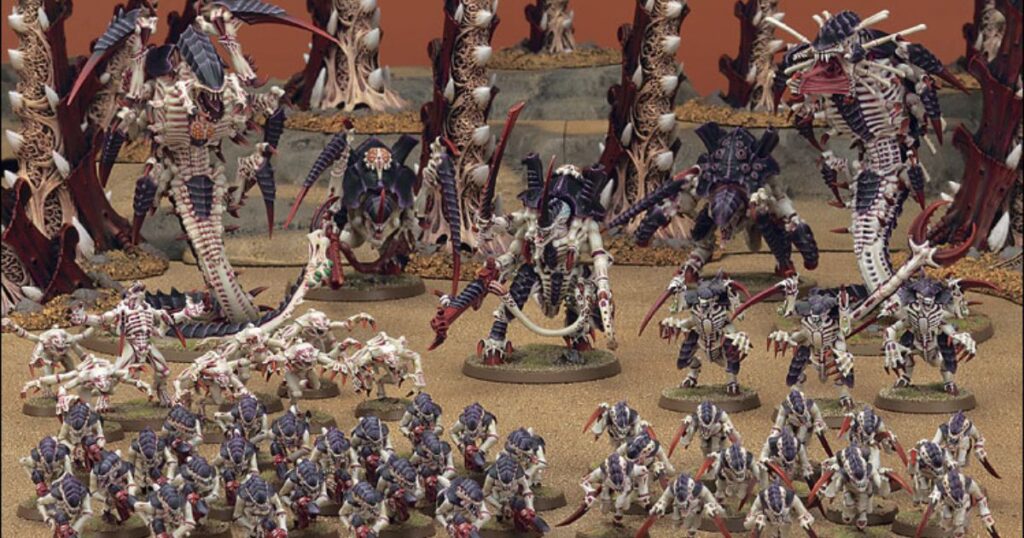In the steadily advancing universe of gaming, the system class has reliably drawn in players looking for mental difficulties and energizing interactivity encounters. One subgenre that has acquired critical prevalence lately is tower guard games. These games task players with protecting a central objective or base from waves of enemies by strategically placing defensive structures.
Among the plenty of pinnacle guard games accessible, “Blazes Can” stands apart as a remarkable and dazzling title that has caught the hearts of numerous gamers, including myself. In this article, I’ll take you on an excursion through my encounters with “Flares Can” and share how I turned into the despot of this guard game
The Beginning of My Journey
My journey with “Flames Can” began like any other gamer’s experience: with the excitement of discovering a new game and the initial sense of exploration. The game’s premise was straightforward – protect a mystical artifact Flames Can, from hordes of relentless enemies. However, underneath this straightforwardness lay the intricacy and profundity that would before long become evident.
As I left on this excursion, I immediately understood that “Blazes Can” was not your ordinary pinnacle protection game. The initial not many levels filled in as a presentation, permitting players to comprehend the nuts and bolts of pinnacle situations, adversary types, and asset the board. Nonetheless, it was the point at which I advanced further that I really started to see the value in the profundity of the game’s mechanics.
Mastering the Art of Tower Placement
One of the essential aspects of “Flames Can” is the strategic placement of towers. Each pinnacle had remarkable capacities and qualities, making it vital to consider which pinnacles to utilize and where to put them. As I dug further into the game, I found the significance of cooperative energy between towers. Some towers could slow down enemies, while others dealt massive damage.
Combining these towers strategically became a key element of my gameplay. For instance, placing a slow tower at the entrance to a choke point and surrounding it with high-damage towers proved to be an effective strategy. The slow tower would delay the enemy’s progress, allowing the high-damage towers to inflict maximum harm. Experimenting with different tower combinations and placement strategies became a constant part of my gameplay.
Resource Management and Upgrades
In “Flames Can,” success wasn’t solely dependent on tower placement; resource management played a significant role as well. Each defeated enemy rewarded me with resources that I could use to upgrade existing towers or unlock new ones. This adds an additional layer of decision-production to the game.
I needed to decide: would it be a good idea for me to put resources into redesigning my ongoing pinnacles to expand their true capacity, or would it be advisable for me to save assets to open a strong new pinnacle? The balance between immediate gains and long-term advantages was always a delicate one. Over time, I learned to priorities upgrades that would enhance my overall defensive capabilities and complement my chosen strategy.
The Rise of the Tyrant
As I continued to play “Flames Can,” I noticed a transformation within myself. I was no longer a casual player trying to pass the time; I had become a tyrant in the world of tower defense gaming. I relished the challenge of facing increasingly difficult waves of enemies and devising new strategies to conquer each level.
The satisfaction of defeating wave after wave of enemies was unparalleled. Each victory brought a sense of accomplishment, as if I had truly outsmarted the game itself. The feeling of being in control and mastering a complex, ever-evolving gameplay experience was addictive.
Community and Competitive Play
While the single-player experience of “Flames Can” was exhilarating, the game’s community and competitive aspects elevated my gaming journey to a whole new level. I discovered online forums and communities where players shared their strategies, discussed tower combinations, and debated the most effective tactics.
Engaging with this passionate community not only expanded my knowledge of the game but also provided a sense of belonging to a like-minded group of players. I began participating in competitive tournaments and leaderboards, testing my skills against some of the best “Flames Can” players worldwide.
The Competitive Edge
Competitive “Flames Can” matches were intense and required not only strategic thinking but also quick decision-making under pressure. Facing off against skilled opponents pushed me to refine my strategies, adapt to unforeseen circumstances, and innovate in real-time.
The competitive scene in “Flames Can” was a melting pot of diverse strategies and playstyles. Some players favored an aggressive approach, while others excelled in turtling and building impenetrable defenses. I found my niche in adapting to my opponents’ strategies, always keeping them on their toes with unexpected tower combinations and tactics.
Becoming a Tower Defense Guru
As time went on, my dedication to “Flames Can” paid off. I became known in the gaming community as a tower defense guru. Players sought my advice on strategies, tower placements, and resource management. It was both humbling and rewarding to share my knowledge and help others improve their gameplay.
I also began creating content around “Flames Can.” I delivered video instructional exercises, technique guides, and, surprisingly, began a YouTube channel devoted to the game. The positive criticism and backing from the local area inspired me to keep improving my abilities and sharing my aptitude.
The Art of Adaptation
Perhaps the most significant example I gained from “Blazes Can” was the specialty of variation. In the always changing scene of the game, staying adaptable and open to new strategies was fundamental. What worked in one level probably won’t be compelling in the following, and what was once a considerable system could become old as new foe types and difficulties were presented.
This versatility wasn’t restricted to the game yet stretched out to my genuine critical thinking abilities also. I became more adept at assessing situations, identifying key factors, and devising effective solutions – all skills I had honed through countless hours of playing “Flames Can.”
End Note
“Flames Can” took me on an unexpected journey from a casual gamer to a tower defense tyrant. The game’s mix of vital profundity, asset the executives, and cutthroat play enamored me and made me want more and more. It showed me important life illustrations in versatility, critical thinking, and the prizes of devotion and tirelessness.
Through this excursion, I turned into an expert of “Blazes Can” yet additionally found an inviting local area of individual gamers who shared my enthusiasm. It’s a demonstration of the force of computer games to connect with, challenge, and change people, and “Flares Can” will constantly hold an exceptional spot in my heart as the game that transformed me into a pinnacle protection dictator.




